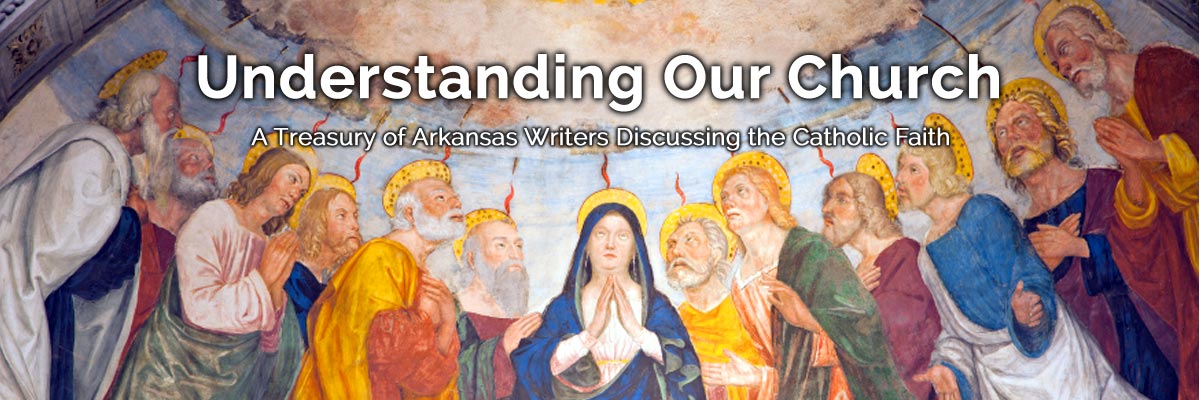Official Website of the
Catholic Diocese of Little Rock
Catholic hospitals rooted in care for poor, acting as Jesus did
Published: June 9, 2018
By Father Jason Tyler
Diocesan Bioethicist
If someone asked you to name two types of Catholic institutions other than local parishes, you would likely think quickly of Catholic schools and Catholic hospitals. Especially in the United States, we are blessed with many Catholic schools and hospitals.
Have you ever stopped to ask why that is? Why does the Church sponsor these apostolates when other well-meaning secular organizations have many of their own?
In the case of Catholic schools, we might find that answer more easily. We can quickly recognize the need to teach the faith to the next generation, and we see the benefit of forming children to approach the world with a viewpoint inspired by the faith and a relationship with our Lord.
Catholic hospitals now make up the largest network of nonprofit hospitals in the United States. The large number of Catholic hospitals in the United States is even more significant when we consider that Catholics never constituted a majority of the U.S. population.
With Catholic hospitals, though, it may take an extra thought or two to understand why they are part of the Church’s visible structure. The Catholic Church did not invent health care. In fact, the Greek physician Hippocrates, known as the “Father of Medicine” in the Western world, was born more than 400 years before Jesus.
Even as the practice of medicine and the training of doctors was well established before the Christian faith came into being, the reality of the hospital was largely a Christian innovation.
When Christianity became a legally permitted religion in the Roman Empire in the fourth century, Christian practices of charity could be organized more openly and efficiently. The first step was to shelter the poor who were sick so that they would not have to live with their illness while also homeless. By the 370s, these shelters also included doctors and nurses to minister to the sick.
With the sick gathered together, a few medical professionals could attend to many patients in a single day. Thus, medicine became available not merely to persons of means but even to the poor. As cities grew over time, larger percentages of the population were able to access such care.
When the Catholic faith came to the New World, so did Catholic hospitals. Institutional growth was strong in the 19th and 20th centuries. More than 1,000 hospitals in the United States were founded by religious orders between 1840 and 1960.
Catholic hospitals now make up the largest network of nonprofit hospitals in the United States. The large number of Catholic hospitals in the United States is even more significant when we consider that Catholics never constituted a majority of the U.S. population.
The earliest Christian hospitals in Europe, as well as those established later in the United States, were motivated by a commitment to Christ-like charity and a desire to continue the healing ministry of Jesus. They continue operating today for the same reason.
They are not simply Catholic equivalents of a secular institution, nor are they simply a “hospital plus prayer.” Rather, their very reason for being is a desire to do what Jesus did in healing the sick.
Their calling today is the same as it has always been: to make sure the patients they treat are cared for as whole persons, body and soul. That calling exists not simply from a motive of philanthropy or a noble desire to help others but goes much deeper as an imitation of Jesus himself.
So, back to that initial question: why does the Church, through her hospitals, heal people? Because Jesus did.




